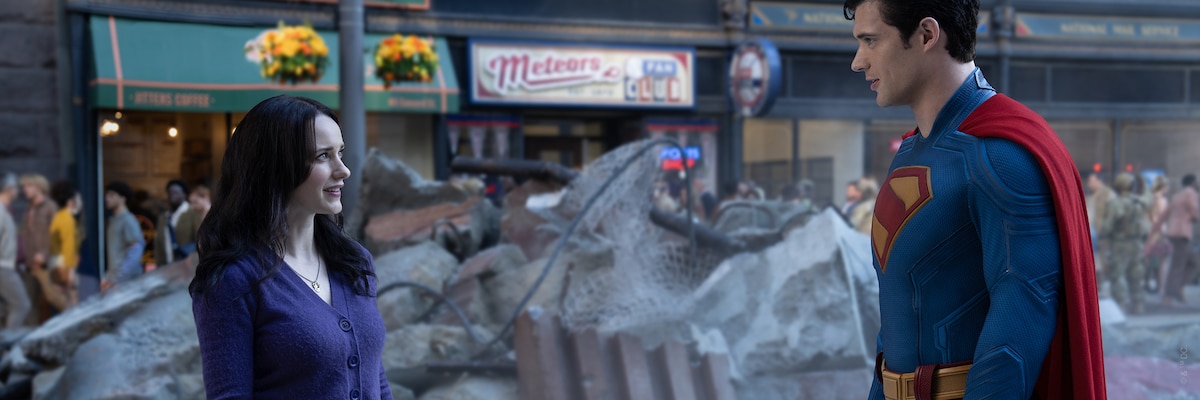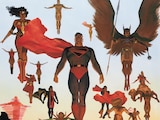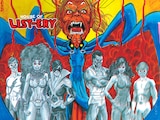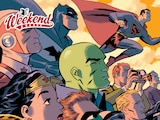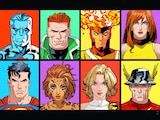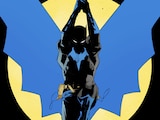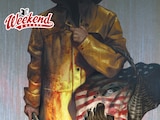For almost nine decades, Lois Lane has served as The Daily Planet’s star reporter, the love of Superman’s life and a barometer for America’s ever-changing perception of women. Or to be more specific, the American male’s changing perception of women, since the vast majority of comic writers who’ve chronicled Lois’ exploits have been men. As a result, the character has often functioned as a love letter—a celebration of everything men value in women. Of course that’s changed dramatically over the years…
The ’30s and ’40s
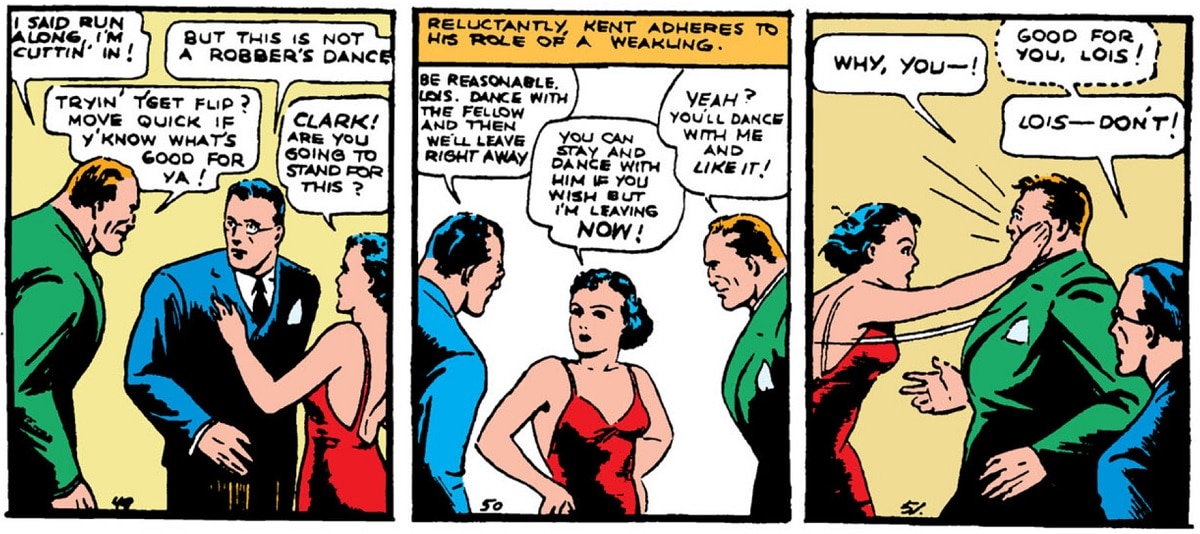
Lois first appeared alongside Superman in 1938’s Action Comics #1. Modeled by artist Joe Shuster on Jolan Kovacs (later known as Joanne Siegel, the wife of Shuster’s fellow Superman creator Jerry Siegel), she was inspired by Torchy Blane.
Torchy was played by Glenda Farrell in a series of 1930s Warner Bros. films in which she was billed as “the Lady Bloodhound with a Nose for News.” Smitten with Superman, this version of Lois wouldn’t suffer fools gladly, especially Clark Kent. Like the Man of Steel, she quickly made the leap to newspaper comic strips, as well as radio’s The Adventures of Superman and a series of Fleischer Studios animated shorts (voiced in both media by Joan Alexander). These adaptations effectively translated the Golden Age comics’ Lois. Her quick wit and daredevil bravado charming millions, she was a symbol of womanhood to rival Rosie the Riveter.
The ’50s
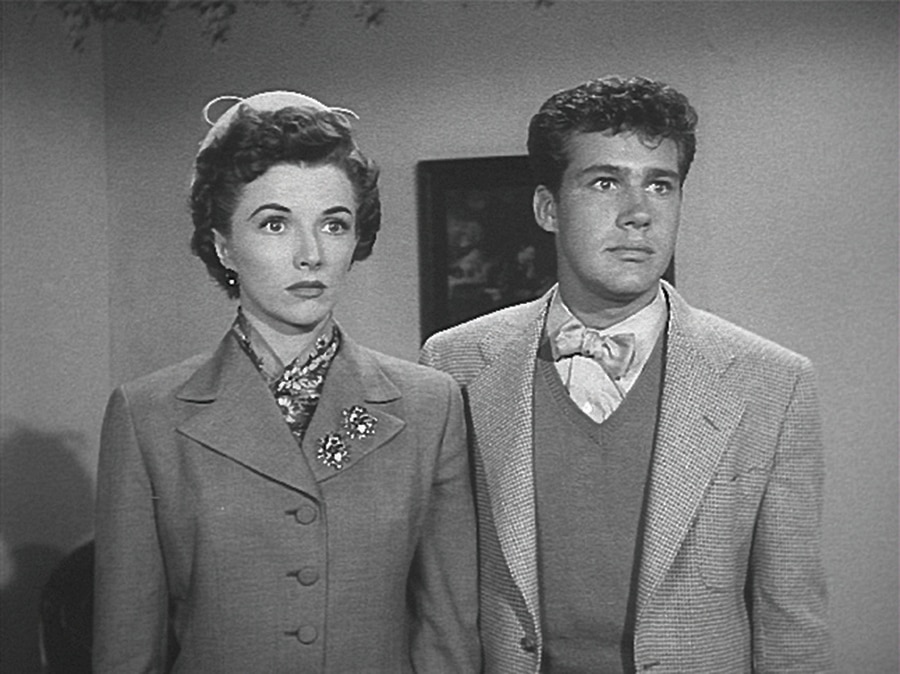
When TV’s Adventures of Superman launched in September of 1952, Lois was portrayed by Phyllis Coates (above with Jack Larson’s Jimmy Olsen). Again presented as a no-nonsense newshound (albeit this time with little romantic interest in Superman), Coates’ performance and the show’s black-and-white cinematography channeled the grit of the era’s social dramas and film noir. This persona would change, however, when Coates departed the series and was replaced in its second season by Noel Neill. With her softer characterization—as well as a tendency to swoon over Superman—Neill’s Lois, while undeniably charming, reflected the decade’s popular view of women as nurturing mothers and supportive partners for their war veteran husbands.
Neill, however, was a big hit with the show’s young audience, and the character’s popularity soared, resulting in her first solo comic book title in 1958, Superman’s Girl Friend Lois Lane. In this Silver Age series, Lois was drawn in her trademark pencil skirts and pillbox hats by Kurt Schaffenberger, with stories focusing on her crush on Superman and her many efforts to trick him into marrying her.
The ’60s
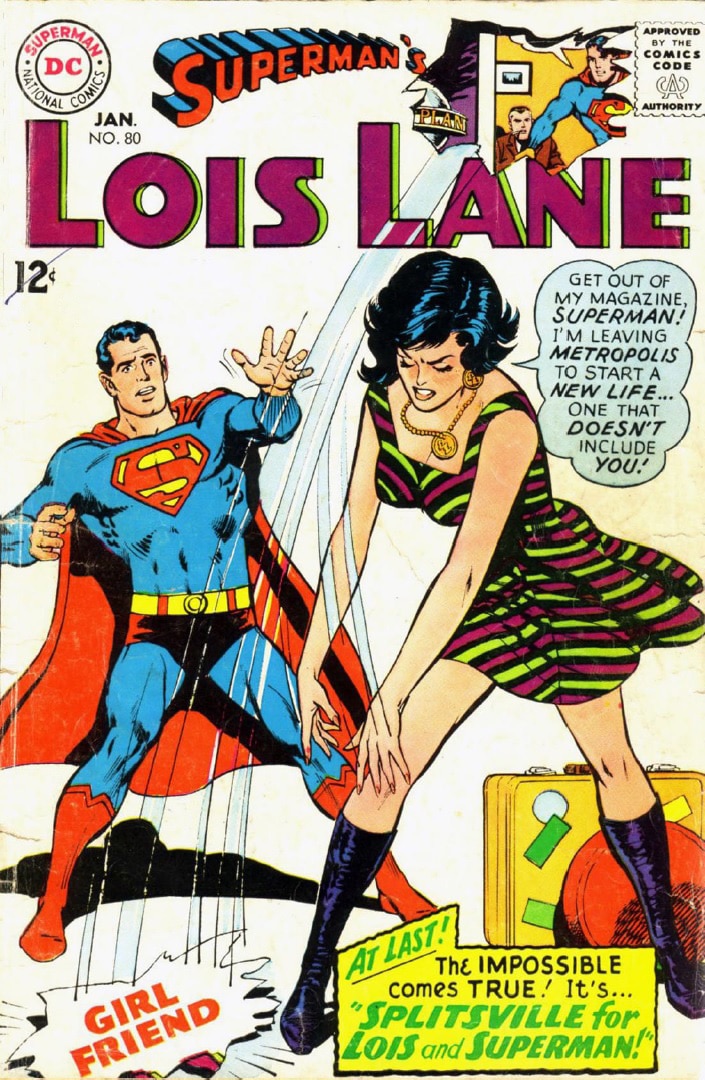
Lois’ portrayal in comics was updated in the late 1960s, as feminism entered mainstream America. In an era of icons like Gloria Steinem, Betty Friedan, Joan Didion and Susan Sontag, Lois traded her traditional wear for a mini-skirt and boots. She proudly announced that she would no longer define herself as Superman’s girlfriend on the cover of January 1968’s Lois Lane #80 (penciled by Swan and Neal Adams).
The ’70s
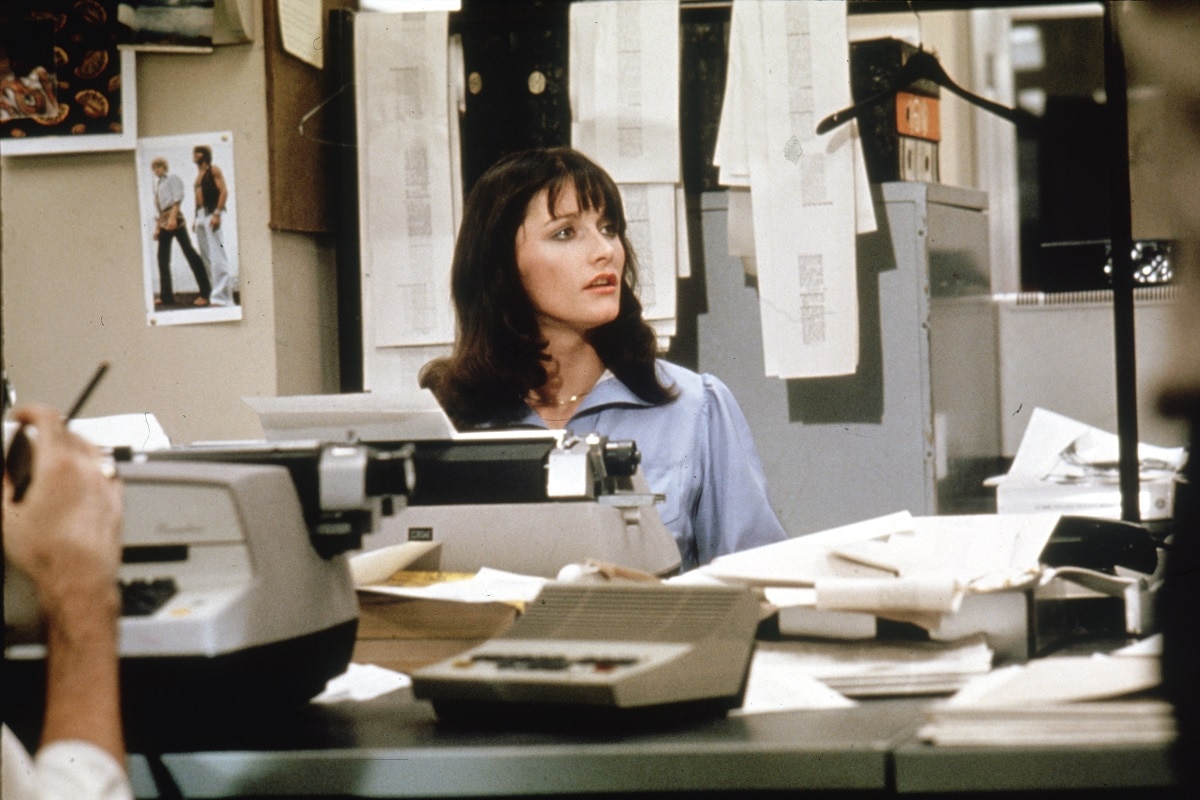
By the Bronze Age of the 1970s, the depiction of Clark Kent as a clumsy fool had long since ended. Instead, he was characterized in comics as a popular TV news anchor, someone worthy of Lois’ attention.
In March 1976’s Superman #297 (written by Cary Bates and Elliot S. Maggin, penciled by Curt Swan), the two finally enjoyed a romantic date together. Though they had quite a different relationship in 1978’s Superman: The Movie, in which Margot Kidder’s Lois epitomized the decade’s independent woman, packed with sass and sarcasm, and with zero interest in starting a family. Though she falls head over heels for Christopher Reeve’s Superman, she’s quick to call him out if he’s naive or tardy.
The ’80s and ’90s
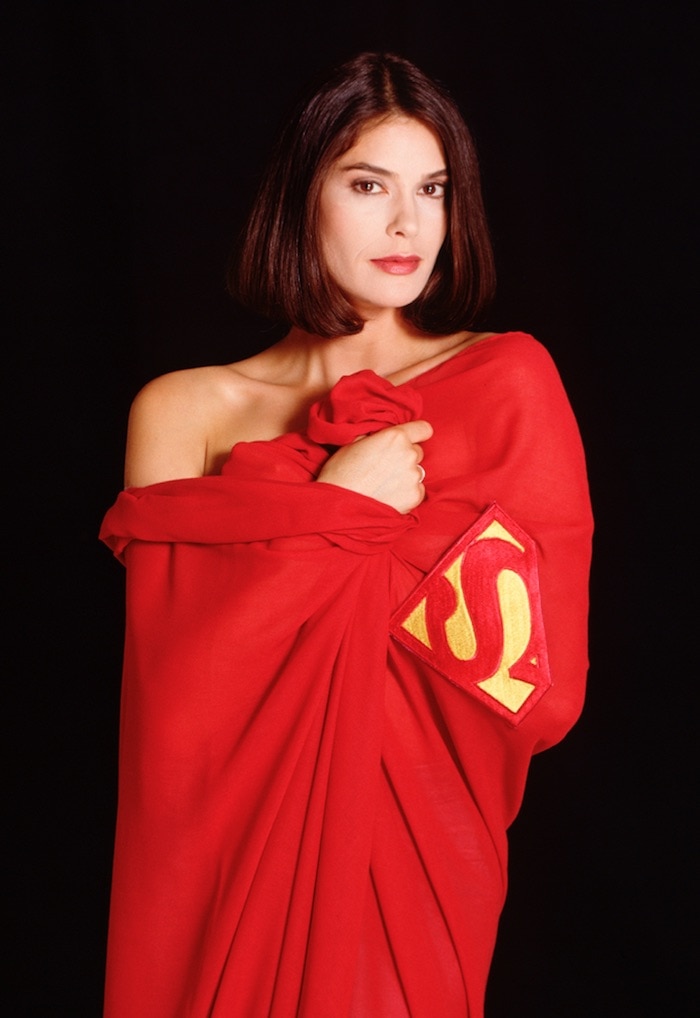
Kidder’s characterization partly inspired the yuppie Lois we met when DC rebooted Superman for the Modern Age in 1986’s The Man of Steel limited series (by writer-penciler John Byrne). However, her persona evolved greatly as Lois and Clark began dating, with him proposing marriage in 1990’s Superman #50 and telling her his secret identity in 1991’s Action Comics #662, followed by Superman’s death and return in 1993 and, at long last, their wedding in 1996’s Superman: The Wedding Album.
At the same time, a new Lois was captivating television audiences. In 1993’s Lois & Clark: The New Adventures of Superman, Teri Hatcher became the first sex symbol Lois, written as a competent professional filled with self-doubt and uncertainty in her private life. She foreshadowed 1997’s Ally McBeal, whose title character, though a hit with viewers, drew criticism for undermining traditional feminism.
Fortunately, for those wanting a Lois closer to Margot Kidder’s single-minded careerist, there was Superman: The Animated Series’ incarnation. Voiced by Dana Delaney, she offered the perfect balance of grit and compassion.
The 2000s and 2010s
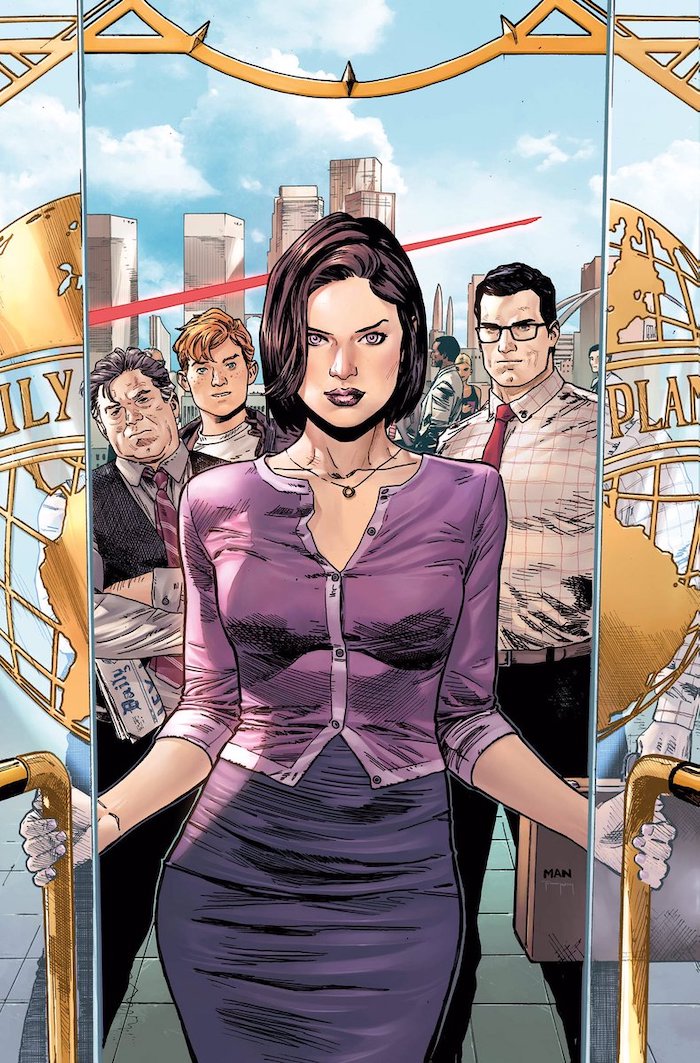
A new millennium brought fans yet another Superman TV show, though this one focused on Clark Kent’s younger years. 2001’s Smallville introduced its Lois, played by Erica Durance, in the show’s fourth season. Durance’s take brought Lois to the next level, as a military brat who could outsmart, outdrink and outfight most any guy around. She stood in sharp contrast to the era’s blurry film portraits of the character, notably Kate Bosworth’s single mom in 2006’s Superman Returns and Amy Adams’ understated sleuth in 2013’s Man of Steel.
The decade’s comics painted a much clearer picture, as Lois evolved into someone tough enough to stand with the heroes of the DC Universe while tethering Superman to his humanity. She even found time to raise a son, with Jon Kent introduced in 2015’s Convergence: Superman #2. Her popularity saw her leap to YA prose novels with the release of 2015’s Lois Lane: Fallout, the first book in a series by Gwenda Bond, in which Lois is a high school student and budding investigative reporter.
The 2020s

Lois’ triple role as reporter, wife and mom sparked Elizabeth Tulloch’s performance in 2021’s Superman & Lois (along with a healthy dose of Kidder and Durance’s moxie). This summer’s new Superman movie, however, takes a back-to-basics approach, with a still single Lois played by an actress born to play her. As anyone who’s watched 2017’s hit series The Marvelous Miss Maisel can attest, Rachel Brosnahan has already epitomized the tough career gal with a heart of gold for today’s generation.
With DC Comics’ Lois presently working as the editor-in-chief of The Daily Planet, there’s no limit to where the character will go next. But one thing’s certain. In addition to aiding Superman in his never-ending battle, Lois Lane will continue to fight her own—for truth, justice and a better tomorrow for women everywhere.
Joseph McCabe writes about comics, film and superhero history for DC.com. Follow him on Instagram at @joe_mccabe_editor.
NOTE: The views and opinions expressed in this feature are solely those of Joseph McCabe and do not necessarily reflect those of DC or Warner Bros. Discovery, nor should they be read as confirmation or denial of future DC plans.
